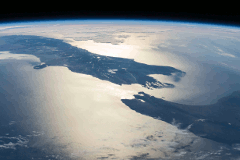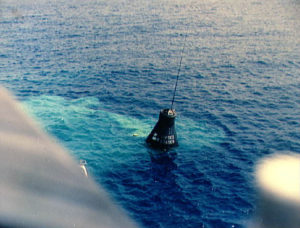1959 SHADO Summary
| Program | Units | Safety Factor | |
|---|---|---|---|
| 1. | Orbital Satellite | 1 | 71% |
| 2. | Interplanetary Satellite | 1 | 39% |
| 3. | Lunar Probe | 1 | 10% |
| A. | One Stage Rocket | 1 | 10% |
| B. | Two Stage Rocket | 2 | 22% |
1 Launch Facility at Honolulu. This facility is badly damaged and requires $25,000,000 of repairs before it can be used for launches again.
No Launches planned for 1960
Last updated: December 21, 2021 at 19:38 pm

